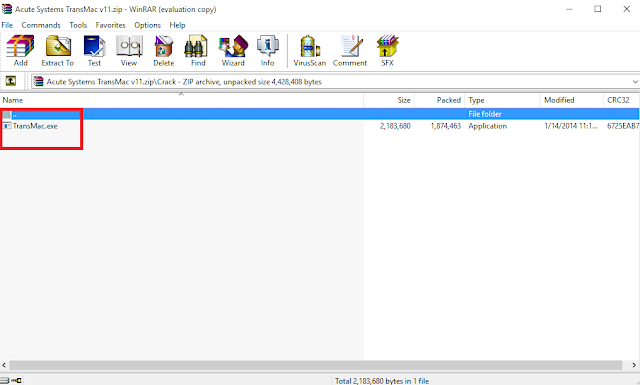Make Bootable El Capitan
Step 2: Now that El Capitan is downloaded, you will now need to create a bootable OS X El Capitan USB flash drive. Doing this will allow you to install a fresh copy of OS X on your Mac from the flash drive, rather than having to upgrade to the new OS over an existing installation. As has been stated a few times in this thread specifically - reading is fundamental, folks, but reading with comprehension is a must - the topic at hand is about creating a bootable DVD (since El Capitan is so large it requires a DVD9 single sided dual layer media) - it is not about making a bootable USB stick which is easy and El Capitan's. The OS of the older Mac has been corrupted and cannot boot. Yes I have downloaded El Capitan (InstallMacOSX.dmg) and renamed it to Capitan.app in the Applications folder. On the terminal, the. I read through it though but what I needed was a way to make a bootable El Capitan USB (for use in an older Mac) while on a newer Mac running Catalina. Below are the steps needed to create an USB flash drive El Capitan bootable installer. Download the InstallMacOSX.dmg file by clicking on the OS X El Capitan 10.11 link in the Apple document 'How to get old versions of macOS'. These instructions assume this file has been downloaded to your /Downloads folder.
Are you trying to make a bootable installer? Do you have the El Capitan installer downloaded from the App Store? You cannot make a bootable DVD but you can make a bootable flash drive.
Bootable USB Installers for OS X Mavericks, Yosemite, El Capitan, and Sierra


First, review this introductory article: Create a bootable installer for macOS. Second, see this How To outline for creating a bootable El Capitan installer. Simply replace the Terminal command with the one from the preceding article by copying it into the Terminal window. You will need an 8GB or larger USB flash drive that has been partitioned and formatted for use with OS X.
Drive Partition and Format
Make Bootable El Capitan Usb On High Sierra
- Open Disk Utility in the Utilities' folder.
- After Disk Utility loads select the drive (out-dented entry with the mfg.'s ID and size) from the side list.
- Click on the Erase tab in the Disk Utility toolbar. Name the drive, 'MyVolume'. <---- IMPORTANT!
- In the drop down panel set the partition scheme to GUID. Set the Format type to Mac OS Extended (Journaled.)
- Click on the Apply button and wait for the Done button to activate. When it does click on it.
- Quit Disk Utility.
Create Installer
Open the Terminal in the Utilities' folder. Choose the appropriate command line (in red) depending upon what OS X installer you want. Paste that entire command line from below at the Terminal's prompt:
Make Bootable El Capitan Flash Drive
Command for macOS High Sierra:
sudo /Applications/Install macOS High Sierra.app/Contents/Resources/createinstallmedia --volume /Volumes/MyVolume --applicationpath /Applications/Install macOS High Sierra.app
Command for macOS Sierra:
sudo /Applications/Install macOS Sierra.app/Contents/Resources/createinstallmedia --volume /Volumes/MyVolume --applicationpath /Applications/Install macOS Sierra.app
Command for El Capitan:
sudo /Applications/Install OS X El Capitan.app/Contents/Resources/createinstallmedia --volume /Volumes/MyVolume --applicationpath /Applications/Install OS X El Capitan.app
Command for Yosemite:
sudo /Applications/Install OS X Yosemite.app/Contents/Resources/createinstallmedia --volume /Volumes/MyVolume --applicationpath /Applications/Install OS X Yosemite.app
Command for Mavericks:
sudo /Applications/Install OS X Mavericks.app/Contents/Resources/createinstallmedia --volume /Volumes/MyVolume --applicationpath /Applications/Install OS X Mavericks.app
Press RETURN. You will be asked for your admin password. It will not echo to the Terminal window. Then press RETURN again. Wait for the return of the Terminal prompt signifying the process has completed. It takes quite some time to finish. Be patient.
Mar 3, 2018 7:47 PM